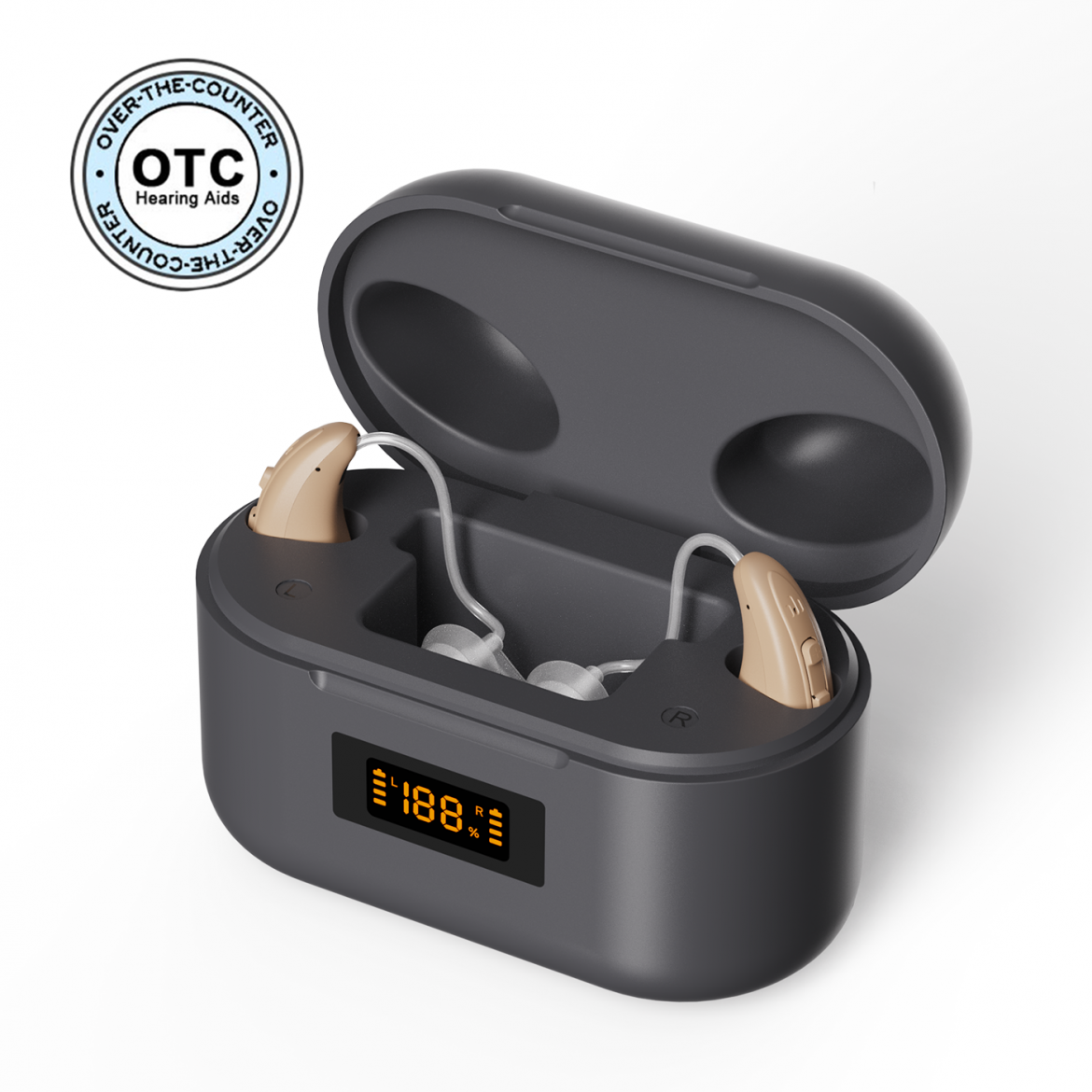In an age dominated by digital technology, the question arises: do manufacturers still produce analog hearing aids? Although digital devices have largely taken the spotlight, analog hearing aids continue to hold a significant place in the market, appealing to a specific segment of users and offering unique advantages.
Understanding the Mechanics of Analog Hearing Aids
Analog hearing aids function on a straightforward principle: they capture sound through a microphone, amplify it, and then output it through a speaker. This method mirrors basic audio amplification setups, making them relatively easy to understand and operate. Unlike their digital counterparts, which process sound in complex ways, analog devices amplify all sounds equally. This feature can be beneficial for users who prefer a more natural auditory experience without the sophisticated manipulation of sound waves that digital devices offer.
For many individuals, especially those with mild to moderate hearing loss, the simplicity of analog hearing aids can be appealing. Users who have previously utilized these devices often find comfort in their familiarity and reliability, influencing their decision to continue using them despite the advancements in digital technology.
Advantages of Choosing Analog Over Digital
One of the primary advantages of analog hearing aids is their cost-effectiveness, making them an appealing option for budget-conscious clients. Generally, these devices are more affordable than their digital counterparts, which can attract consumers looking for economical solutions. The straightforward amplification design involves fewer complex components, resulting in lower production costs and enhanced accessibility for a wider audience. This affordability can help businesses cater to clients who prioritize value without compromising on basic hearing assistance. Additionally, analog hearing aids typically have a longer battery life compared to some digital models. Since they lack intricate processing capabilities, the energy demands are reduced, allowing for extended usage between battery changes.
User Base and Market Presence
While it might seem that analog hearing aids are becoming obsolete, they continue to attract a loyal user base. Individuals who have been accustomed to these devices often resist the transition to digital options due to the latter’s complexity and the learning curve associated with advanced features such as noise reduction and feedback cancellation.
Moreover, audiologists and hearing care professionals still recognize the value of analog hearing aids for certain patients. They recommend these devices when the user’s lifestyle and hearing requirements may not necessitate the features of modern digital alternatives.
A Lasting Legacy in Hearing Solutions
In summary, the existence of analog hearing aids remains relevant in today’s hearing aid market, providing advantages that resonate with specific user preferences. While digital devices offer greater functionality and customization, analog models still serve a vital role, particularly for those seeking simplicity and affordability.
For organizations looking to diversify their offerings, Jinghao remains committed to manufacturing reliable hearing solutions, including analog hearing aids that meet varying market demands efficiently.


